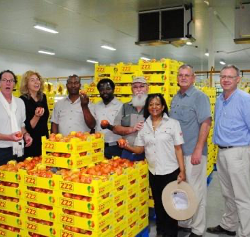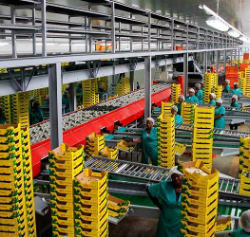Biogas: the next frontier in South Africa’s clean energy journey
Tanya van Zyl of the National Cleaner Production Centre of South Africa (NCPC-SA), is on a mission to change this. Following the award winning success of the UNIDO/NCPC-SA implemented Industrial Energy Efficiency Project, which helped industrial companies save 6.5 TWh of energy, Tanya is leading the rollout of the NCPC-SA’s comprehensive bioenergy training programme. Over the coming two years, the project aims to train 60 candidates on the Biogas End User course and 20 candidates on the Biogas project development Expert course, kick-starting market demand for specialised services and investment, just as it did for industrial energy efficiency 10 years ago.
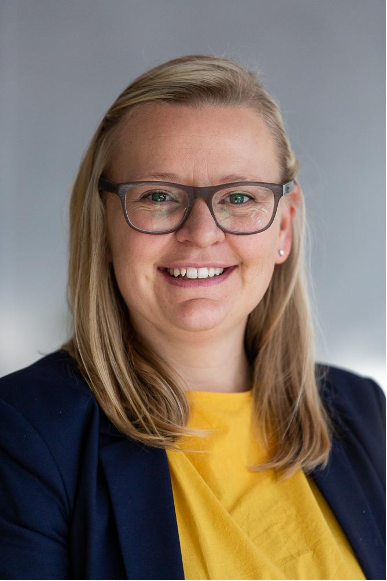
Following the success of the UNIDO/NCPC-SA implemented Industrial Energy Efficiency Project, Tanya van Zyl is leading the rollout of the NCPC-SA’s comprehensive bioenergy training programme.
“As coal gets more difficult and expensive to mine with the pressure to reduce greenhouse gases and so on, we have to look to other sources of energy,” explains Tanya, an engineer by profession who oversees quality assurance for training and projects delivered through the NCPC-SA.
In South Africa today, biogas has the potential to displace 2,500MW of grid electricity, equivalent to the size of Eskom’s Arnot coal-fired power station in Mpumalanga, one of South Africa’s biggest. Given the size of the country’s agriculture sector, which contributes to 40 million tonnes of biomass and organic waste annually, the circular business opportunities are far too big to ignore. In addition, according to the Southern African Biogas Industry Association (SABIA), the country’s burgeoning biogas industry has the potential to create 30,000 jobs, reduce national greenhouse emissions by 2 per cent and attract 50 billion Rand in investment.
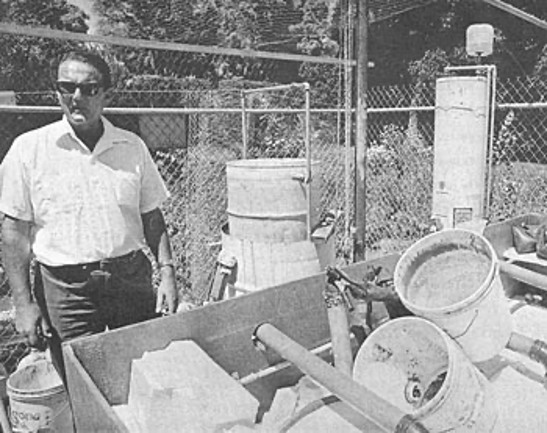
L. John Fry, the founder of South Africa’s biogas industry, beside a three-digester unit he made in 1973. Gas holder center, water-heater on the right. Buckets in the foreground were for loading raw materials. This unit was taken down in 1974. Source: JourneyForever.org/biofuel
The Accelerator recently sat down with Tanya ahead of the NCPC-SA’s first biogas training workshop to learn more about how UNIDO and NCPC-SA are working to drive the uptake of biogas in South Africa’s industrial sector.
Given what the NCPC-SA has achieved after 10 successful years of accelerating demand for industrial energy efficiency, are you excited about what can be achieved when it comes to biogas?
Absolutely. Through the UNIDO-NCPC-SA Industrial Energy Efficiency project we achieved a lot, especially in terms of generating demand, investment and awareness about the benefits of energy system optimization. The market for industrial energy efficiency services has since taken on a life of its own. After helping so many companies save on their energy costs and emissions, we started to consider ‘what next?’.
There is already a lot of good work being done in the industrial solar PV space throughout South Africa, including lots of excellent training initiatives. So we decided to fill the biogas gap. In South Africa, biogas is not well understood. So our first step is to generate awareness about the potential through biogas training. This work builds on a project we commenced in 2016 with the Global Environment Facility, which is aimed at improving awareness and capacity surrounding the benefits of biogas, with a focus on harnessing energy produced from organic waste, mainly from the agro-processing industries.
From there it will be a matter of developing a deeper understanding of the technology among industry practitioners, demonstrating how biogas can best be integrated into existing South African manufacturing and production processes.
In South Africa, current regulations require a full environmental impact assessment for projects that generate over 10 megawatts of energy. This can take up to two years, which significantly delays the project and deters investors. Given this barrier we have decided to target our biogas training to the agro-processing industry, which typically relies on smaller decentralised energy systems.
Starting small, in rural areas, enables us to demonstrate the potential to investors while we work with policymakers over the longer-term. It’s obviously important for us to work with industry practitioners, but it’s equally essential that we also work with policymakers because it’s critical for regulations to support the integration of biogas in the national energy mix.
What are the other benefits that come from developing biogas facilities in rural areas?
Typically, in South Africa’s rural areas, even if there is access to electricity it’s not always reliable. So the decentralised generation of biogas can help with this. Biogas can even be used as a clean fuel alternative for cooking and heating, which is important for communities that still rely on raw coal, kerosene and traditional biomass for domestic use. Additionally, the development of biogas in rural areas will provide alternative opportunities for employment, contribute to nation-wide greenhouse gas emission reduction targets and effective waste management.
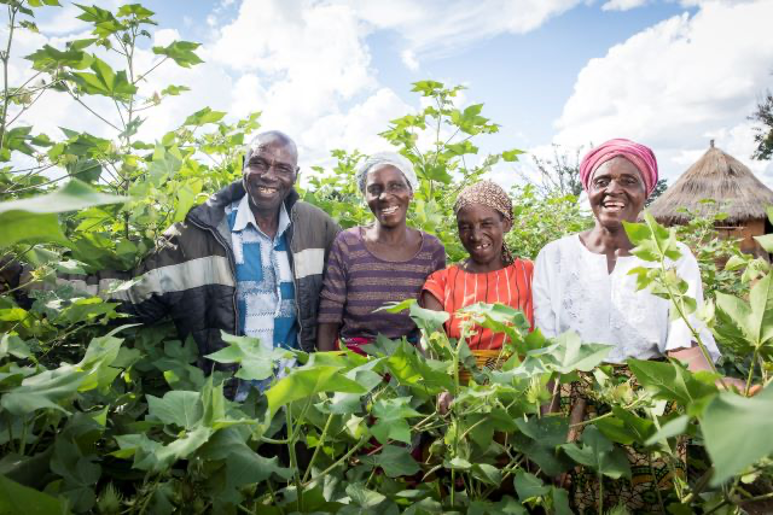
Rural communities in South Africa are set to benefit greatly from the emergence of a decentralised biogas industry. Greater access to clean energy and additional opportunities for employment menas rural communities will be empowered to develop and grow on their own terms. Photo FAO.
We really need investment to develop and demonstrate commercial biogas projects. The last module of the NCPC-SA’s biogas course is what we call ‘the shark tank.’ This is an opportunity for trainees to develop and pitch investment proposals for real-world biogas projects to investors. We will invite financial institutions to analyse the risks and critique the business proposals put forth. This will also be an opportunity for the finance community to get acquainted with the opportunities that a South African biogas industry could offer.
Biogas is in the same place as solar PV was in South Africa 10 to 15 years ago. In the beginning investors didn’t understand the technology or the potential and therefore they were very wary about investing. As of today solar PV is predicted to grow by 400% by 2030. With awareness raising, knowledge sharing and the right expertise, policies and incentives, we’re confident that biogas in South Africa can achieve a similar growth trajectory.
|
On the road to Glasgow: The combined power of industrial energy efficiency and renewables This article is part of a series of interviews which explore the important link between industrial energy efficiency and renewable applications. When pursued together, EE and RE has the potential to achieve 90 per cent of the carbon reductions required to limit global temperature rise in line with the Paris Agreement goals. |
